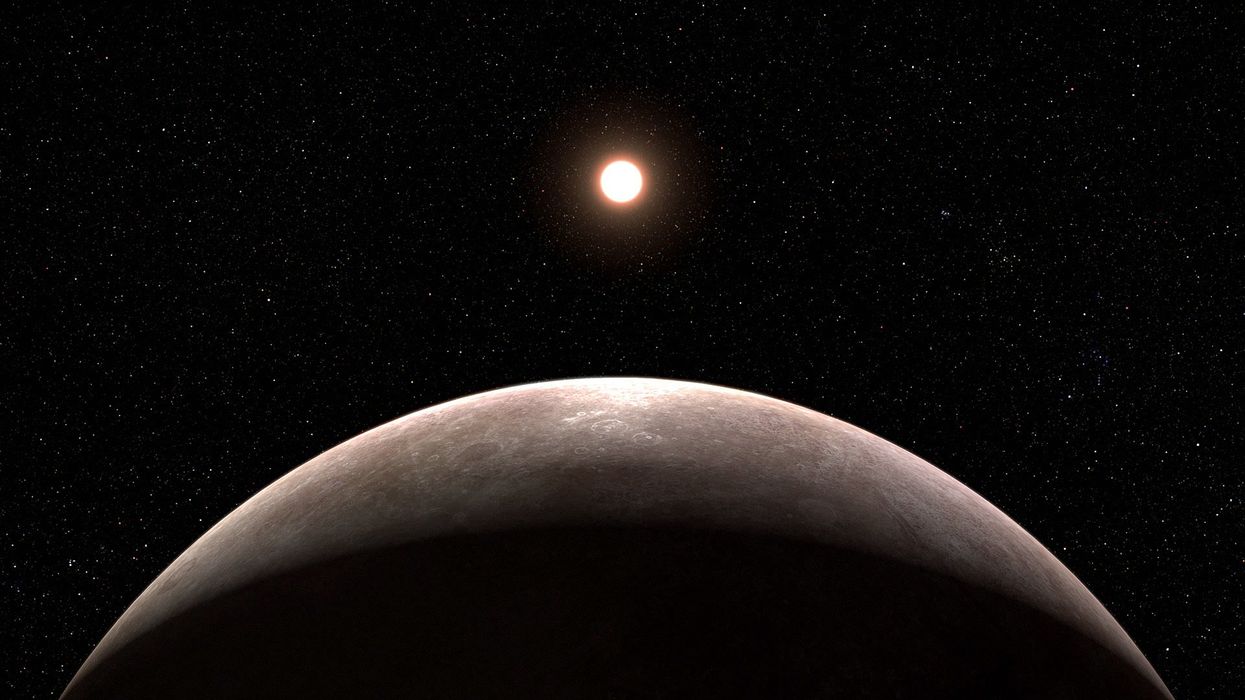Ellie Abraham
Feb 28, 2023
James Webb Space Telescope Finds Its First Exoplanet
content.jwplatform.com
Despite years of research and technological advances, outer space still holds plenty of secrets and discoveries to be made by scientists.
In one recent discovery, scientists have uncovered a large, Jupiter-sized planet that they believe may challenge beliefs about how planets form, according to a new study.
The newly discovered “forbidden” exoplanet exists as part of an extremely rare population of planets. These worlds raise questions about how the smallest stars in the universe, known as M-dwarfs, are physically able to host gas giants.
M-dwarf, or red dwarf, planets are known to be around less than half the mass of the Sun, but they are more abundant and have longevity. They are the most common star in the Milky Way and can burn for trillions of years. Because of their uniqueness, scientists have been studying them to see if they might have the potential to host life.
Using NASA’s Transiting Exoplanet Survey Satellite (TESS), researchers located a gas giant called TOI-5205b orbiting a star a quarter of its size. They believe that it is the largest world to have been found around such a small star.
The discovery was made by researchers who were led by Shubham Kanodia, a postdoctoral fellow who studies planetary science at the Carnegie Institute for Science.
Sign up to our new free Indy100 weekly newsletter
In a study in The Astronomical Journal, they note that the world “has one of the highest mass ratios for M-dwarf planets,” which “stretches conventional theories of planet formation…that cannot easily recreate the conditions required to form such planets”.
The group of researchers specialise in studying M-dwarfs and their orbiting planets and has previously noted that some such “forbidden” planets have been spotted before, but the difference is that TOI-5205b is the first to have been found circling a star that is 40 per cent of Sun’s mass.
The exoplanet is so large that it blocks out seven per cent of that star’s light as it orbits, or transits, around it.
Kanodia told Motherboard: “Only after the first observation of the transits of this planet from the ground using the 3.5 meter Apache Point Observatory (APO) telescope did we realize how large the transit depth (and hence planet) was.”
It’s hoped that the discovery of TOI-5205b will help researchers narrow in on the exact processes that form these unusual planets.
Have your say in our news democracy. Click the upvote icon at the top of the page to help raise this article through the indy100 rankings.
Top 100
The Conversation (0)














